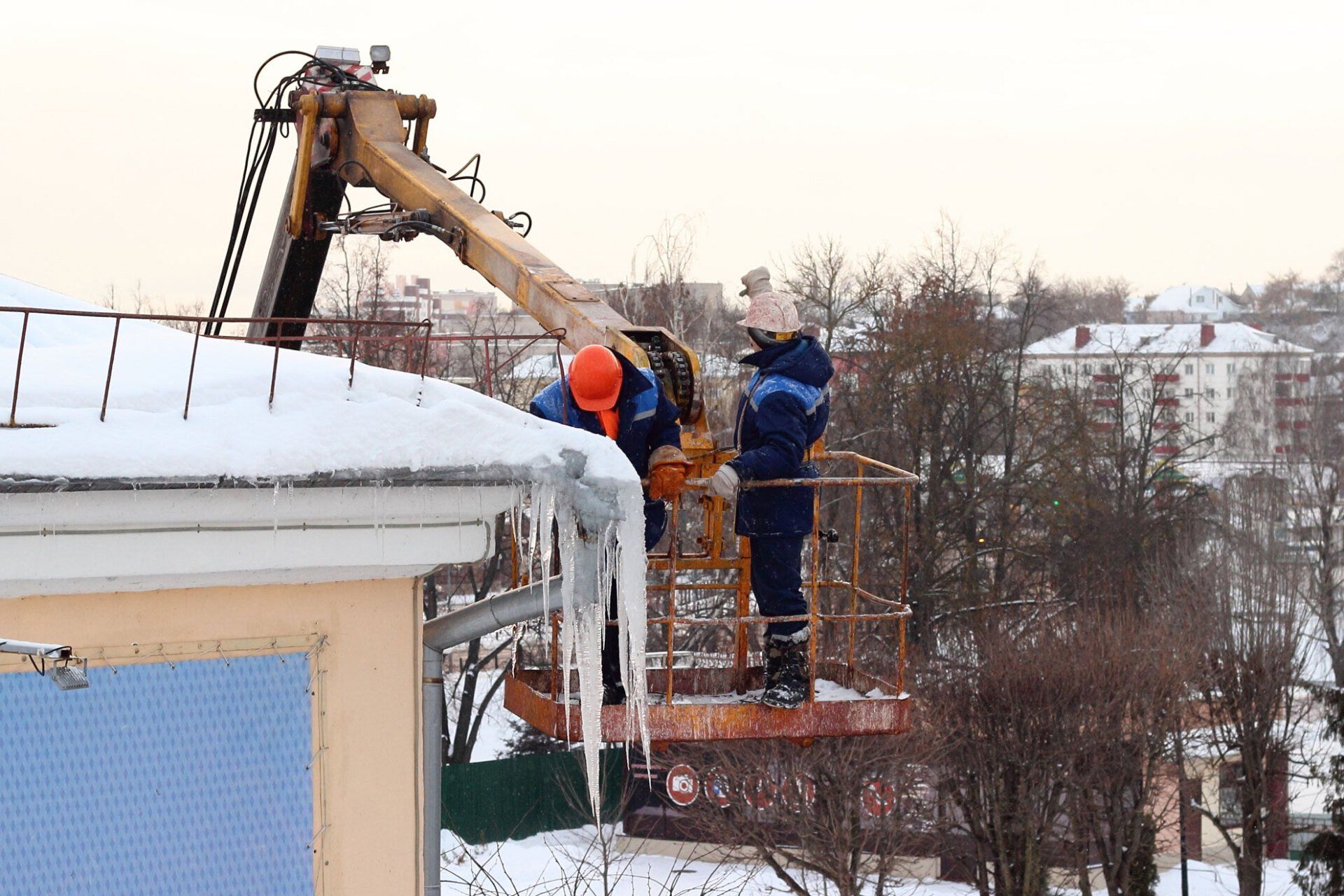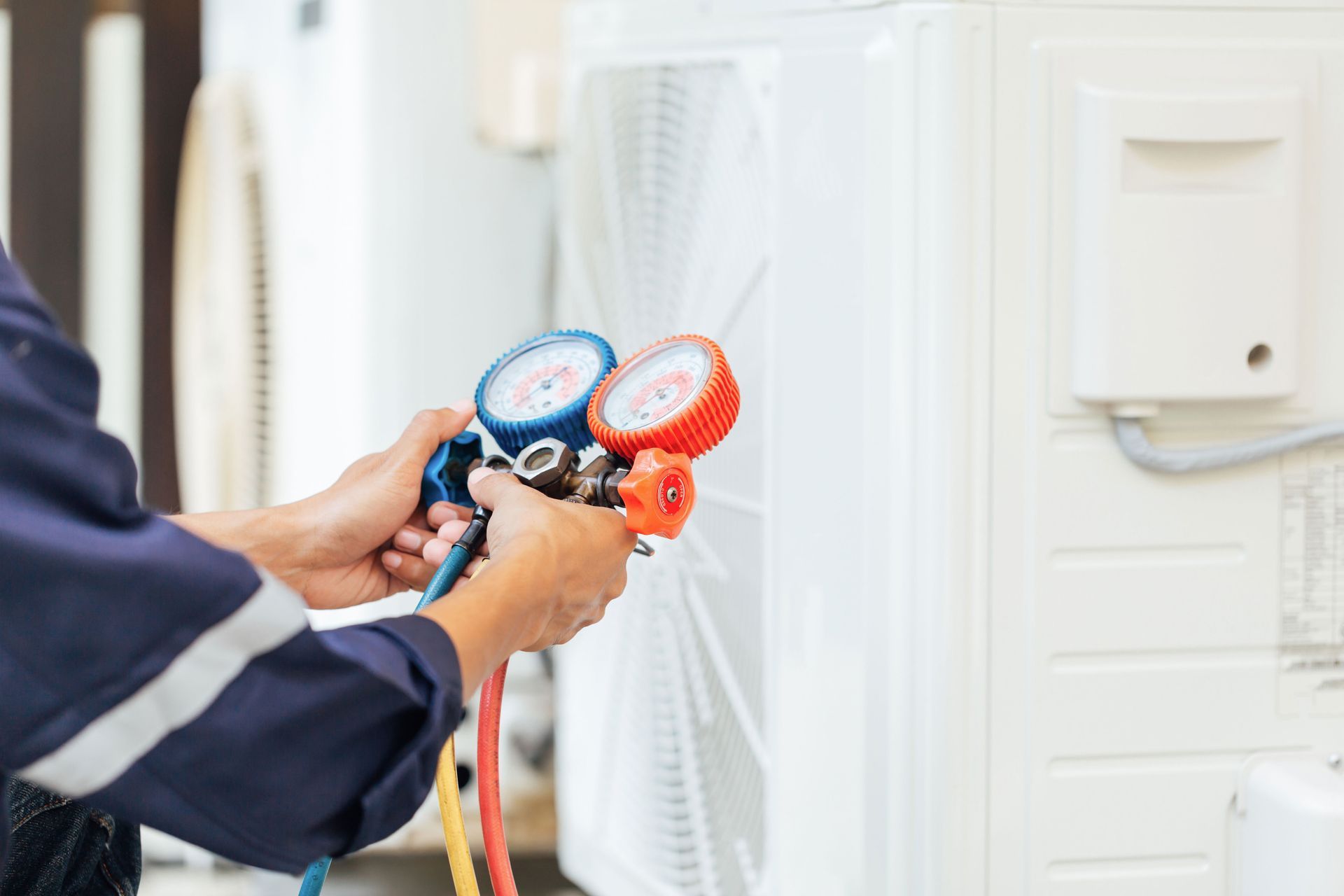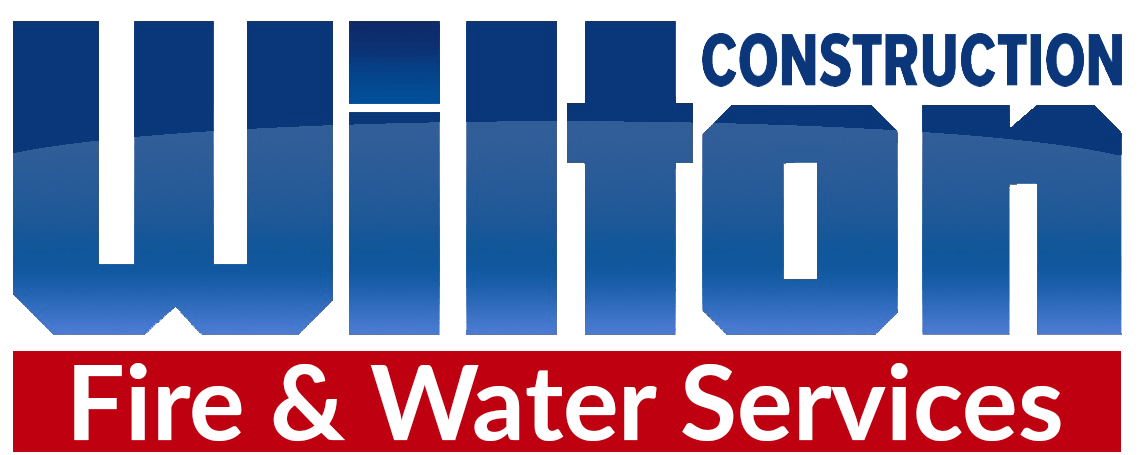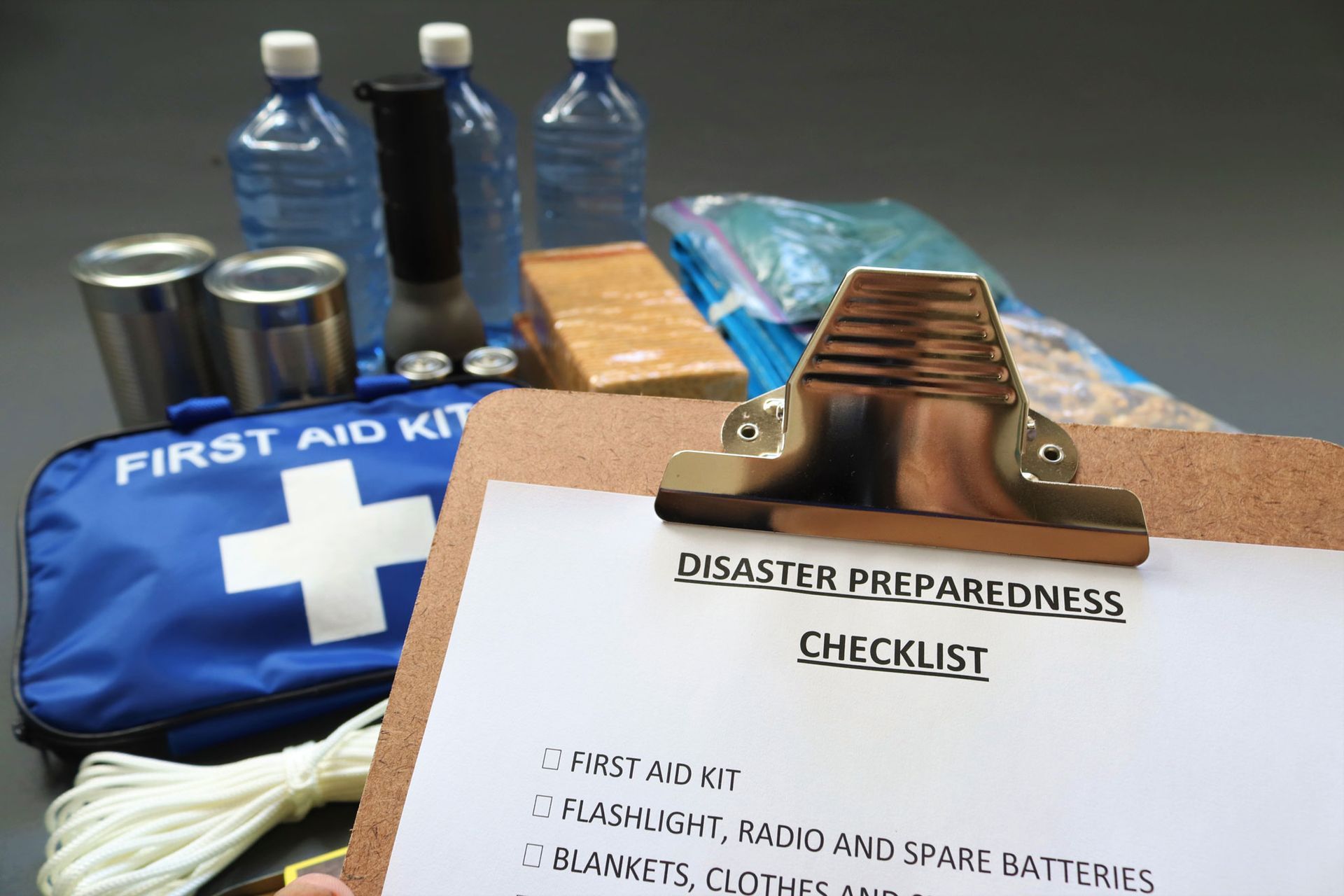Winterizing Your Home Now Can Save

Winterizing your home now can save
Winter is coming. Freezing temperatures, cold air, ice and snow make the warmth inside your house cozy and inviting. Now is the perfect time to begin thinking about preventative measures you can take to protect your home through the chilly months.
Unfortunately, Winter is also notorious for busted pipes, invading pests, and fallen trees, but winterizing your home not only helps prevent unexpected surprises, it can also help your home be more energy efficient and potentially reduce costly accidents. The best part is that most of the work requires little other than the investment of time and some basic supplies.
Here are some basic steps you can take to get your home ready for the Winter months.
Outside your home
Check your drainage around your home
Walk the perimeter of your home and be sure that there are no sloping areas or places for water to pool at your foundation. Saturated soil and pooling water around a foundation can create problems as it freezes and thaws throughout the cold months and erodes the quality of your foundation. If water is pooling, check your rain gutter downspouts to be sure water is getting moved away from your home. Sometimes, adding a downspout extender is necessary.
Clean your gutters and inspect your roof
Once the leaves are mostly off the trees, it’s time to clean those gutters. When gutters back up and overflow, that water will run down the exterior of your home and speed up deterioration and also affect your foundation. While you’re cleaning and inspecting the gutters, be sure to clean the roof off completely to remove dirt, debris, and leaves. Organic matter that has accumulated will encourage the wood on your roof to rot. Typically a shovel or a broom, even a hose aimed from the ground can sometimes do the job and make it a lot more fun!
Check your trees
Before all of the leaves fall, take a look at your trees and make sure they’re still healthy, especially trees that could fall on your home or a neighbor’s home. Sometimes, a dying tree will not be obvious. Some of the signs you can look for are:
- rain pooling around the base of the tree
- exposed or rotten roots
- mushrooms growing around the roots
- hollow pockets, cavities, or decay
- signs of damage: exposed roots, peeling bark, deep cracks, partially detached or suspended limbs or stem tops
- signs of illness: lack of foliage or insects like carpenter ants at the base of the tree
If you are still unsure of the health of a tree, it's a good idea to call in certified tree experts, trained to discover disease and signs of weakness and make the best recommendations. Regarding branches, Fall isn’t a good time to trim your trees, but if there are branches up against your house, trim them away before winter so you don’t have ice-coated branches leaning against your siding or windows.
Cover your patio furniture/grill
To best protect your patio furniture, be sure to store it away or cover it to protect it from the harsh elements of winter. It’s important to make sure you wait until a clear, warm day to cover it so you don’t trap moisture on it, creating the perfect environment for mold growth. Cover your grill and be sure to properly store your propane tank for next year.
House the hose.
Remove all garden hoses that are attached to the house, drain them and store them away. Shut off the valves and insulate the faucet.
Inside your home
Test your smoke and carbon monoxide detectors
It makes sense that Winter is the time most house fires happen. It’s the time of year when we’re blasting the furnace and building fires. Because we are also much more likely to have our home closed up tight, carbon monoxide is a much bigger hazard. If your home is not equipped with carbon monoxide detectors, consider getting some. An HVAC inspection will also ensure your furnace and water heater are properly vented, which is the most likely source of carbon monoxide. Check all of your smoke detectors to make sure they are working properly and that they have good batteries. If you see a red indicator light blinking, that is usually a good sign that your batteries should be changed.
Seal the cracks
Caulk holes and openings around windows, doors, and air conditioners to help prevent cold air from seeping in and heat from escaping out. You can also install weather stripping for additional heat loss protection. Consider installing storm doors and windows for additional insulation.
Get in that attic
When the weather gets cold outside, your attic becomes the perfect winter escape for squirrels, birds and other critters that can cause a lot of damage and potentially some health problems. Having your trees trimmed well away from the house and your roof inspected for any small holes will help prevent this. Also walk around your home and look up at your soffit and fascia. Make sure there are no holes that will allow birds to get in. The attic should also be well-ventilated and about 10 degrees warmer than the temperature outside. The majority of heat lost in a home comes from openings in the attic.
Check that fireplace
The first thing to do is to clean out any residual ash and wood chips. Keeping your wood-burning fireplace free of ash will not only improve airflow for a nice, roaring fire but it will also help reduce allergens and odors from the burnt wood fibers. Thinking of using your vacuum? Think again. The ash particles are so fine, they will disperse into the air in your home. It’s best just to use a broom. Next, get your chimney inspected by a certified chimney sweep. They will inspect your chimney for any structural issues, obstructions, creosote buildup (the black stuff), and damage to the chimney cap or the roof. Remember, chimneys are meant to contain smoke, not fire, so the investment of a professional inspection will ensure the safety of your home and family.
While you may not be able to control the next round of severe weather that comes through, with time and effort, your home can be prepared
for Winter and be more energy efficient.
Wilton Construction's Emergency Response Team is ready to assist your family and business team with safety preparation and winterization.
You might also like




